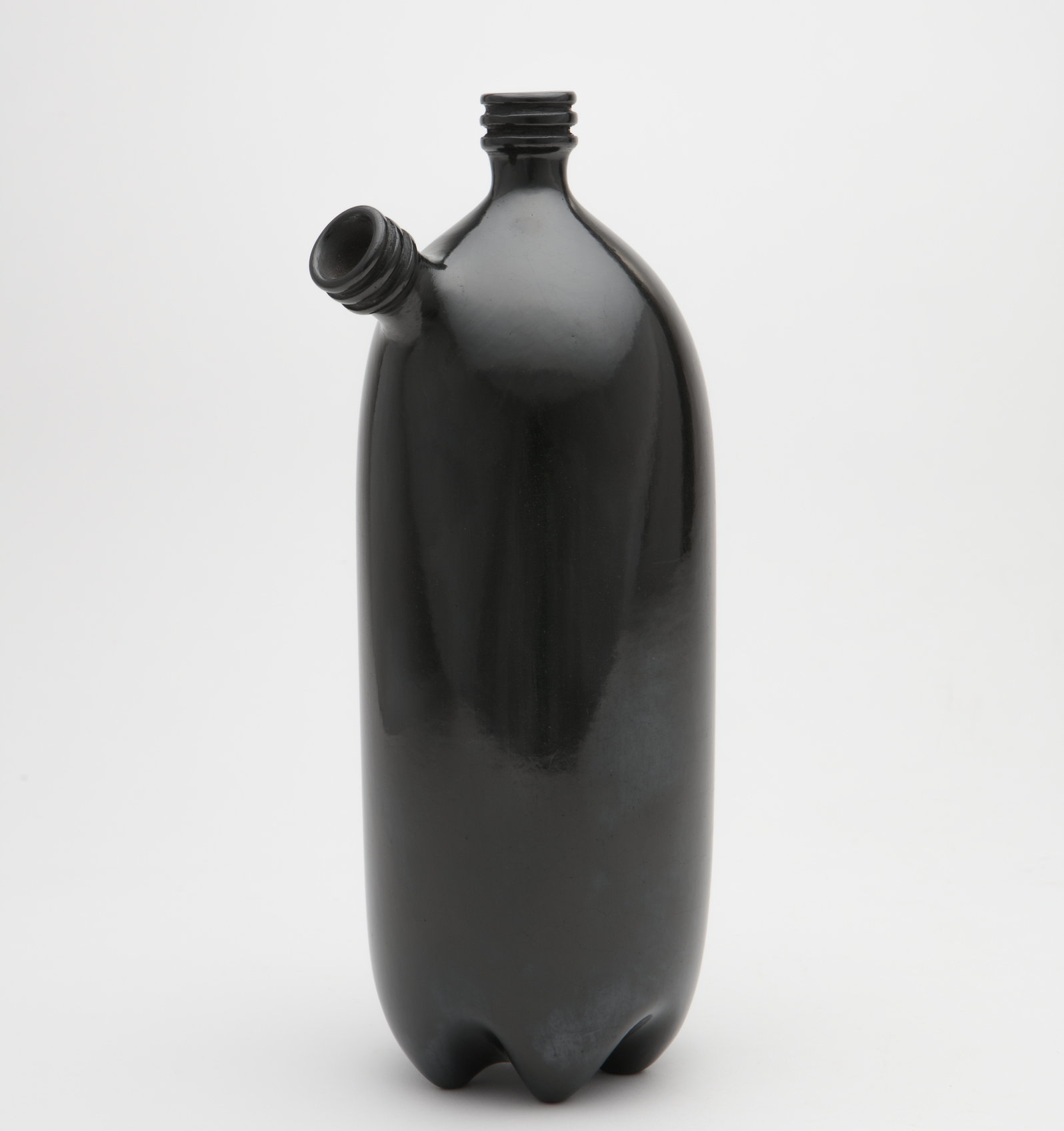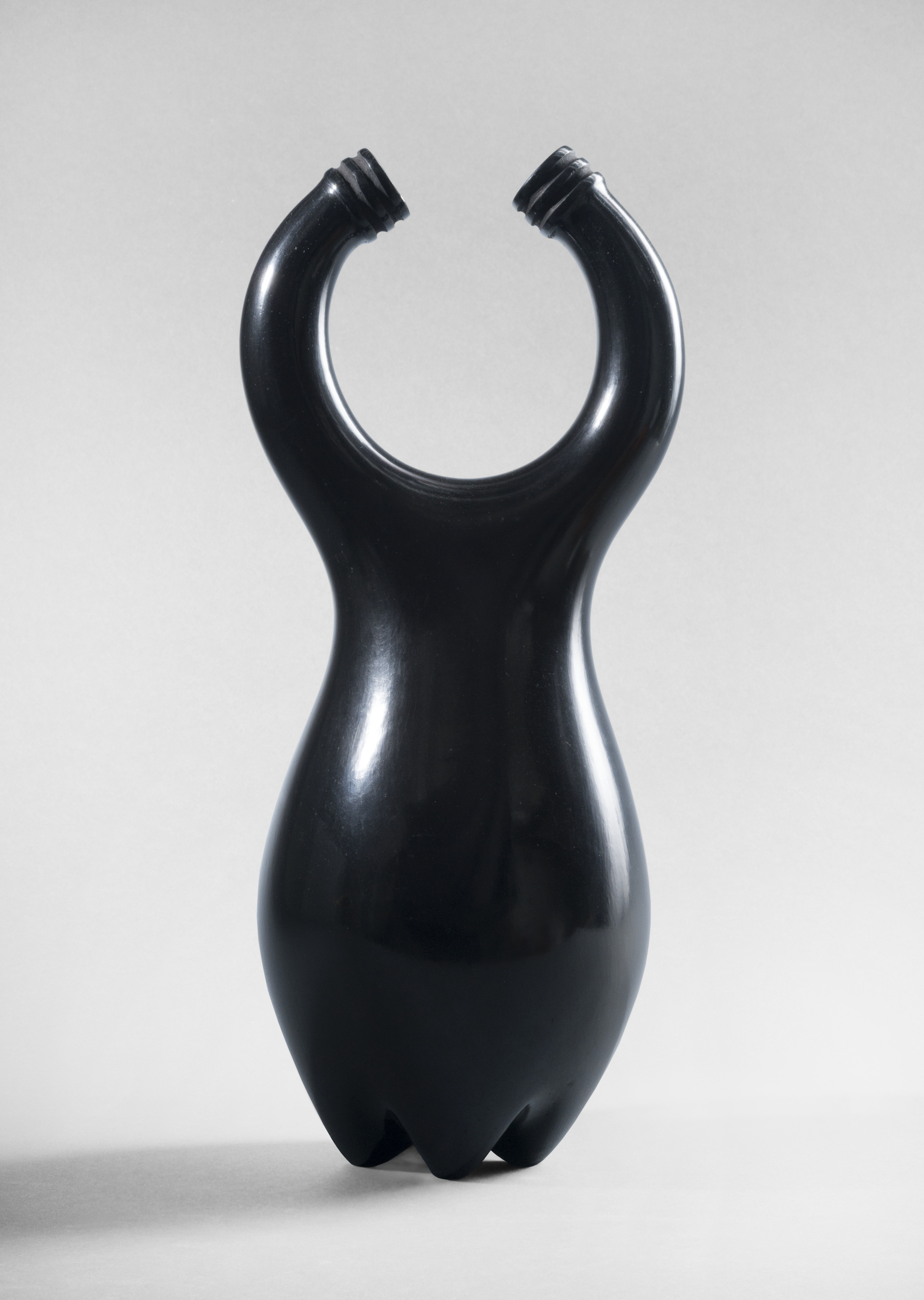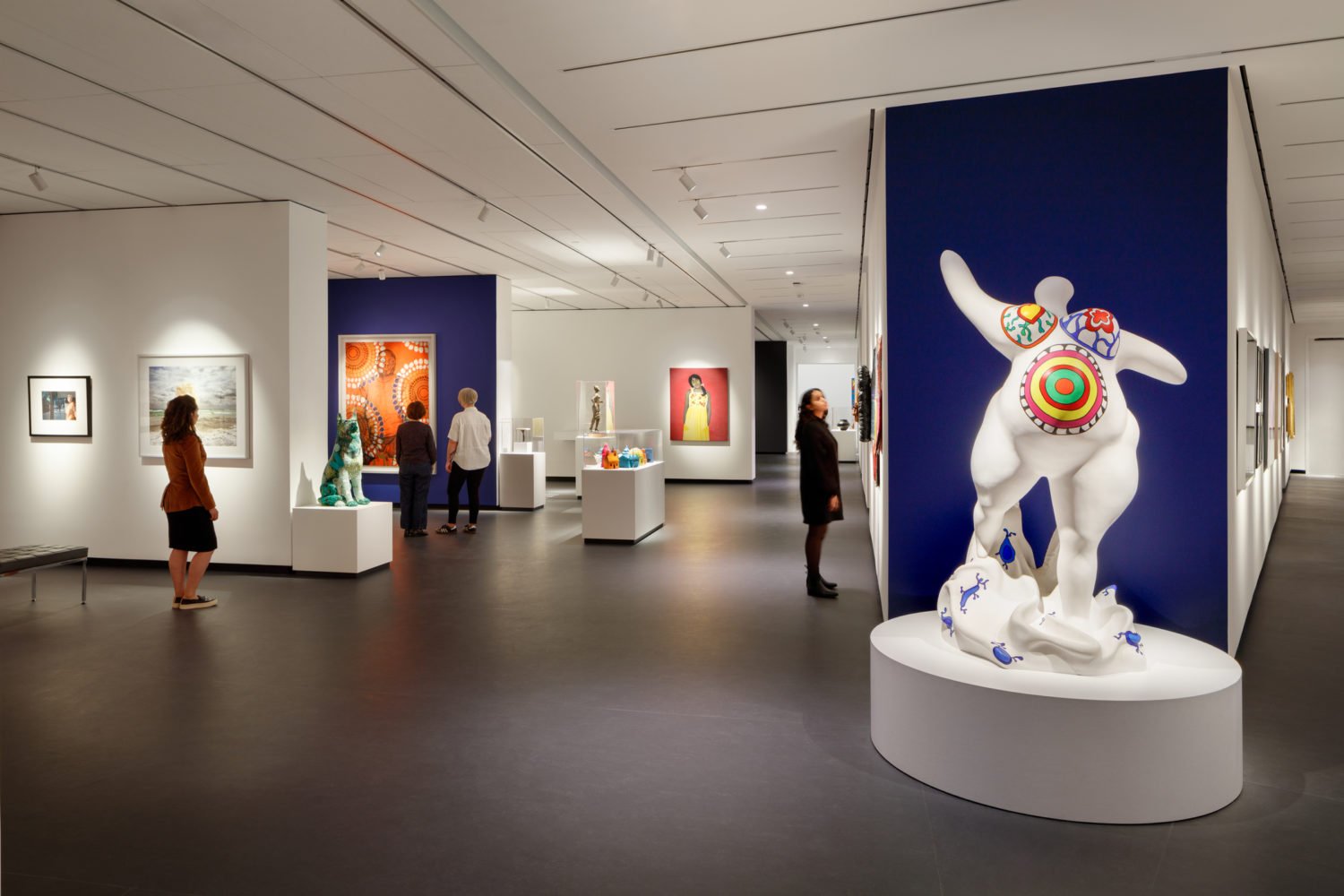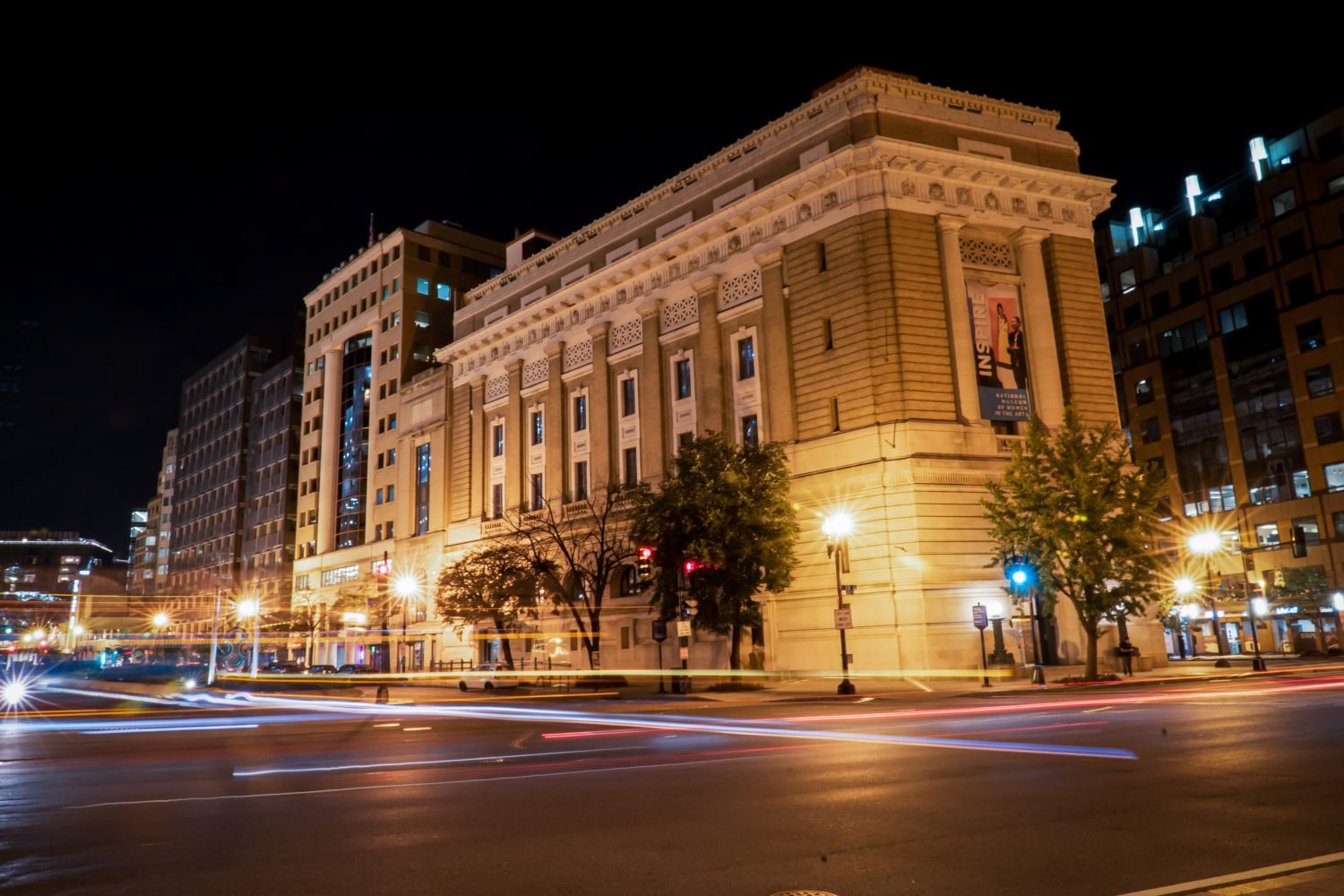Four years ago, Albuquerque-based ceramic artist Jami Porter Lara spent a week at the US-Mexico border in Southern Arizona. While she was walking along the border fence, she noticed things that migrants left behind as they were passing through, including dozens of two-liter plastic bottles people had used to carry water.
At the same time, Porter Lara realized that the region was also a depository of ancient pottery shards. “I started to think about the inherent sameness of these two objects: the piece of the old ceramic vessel was essentially the same thing as this old plastic bottle,” she says. “It contained something precious to humans that they carried and then left behind.”
The symbolic connection between the two objects would become the main source of inspiration for her exhibit Border Crossing, a collection of ceramic pieces made in the image of plastic bottles now on view at the National Museum of Women in the Arts.
Porter Lara developed the idea for Border Crossing about three years ago; it was never intended as a response to President Trump’s promise to build a border wall between the US and Mexico. But ever since the election, she says she’s been hyper-aware about the political relevance of her work, which seems to be gaining steam every day. “I felt extra sensitive about the title of the show,” she says. “Museum exhibitions are planned far in advance (sometimes years), so we didn’t know that immigration would be such a major topic when we organized this exhibition,” says Associate Curator Virginia Treanor.
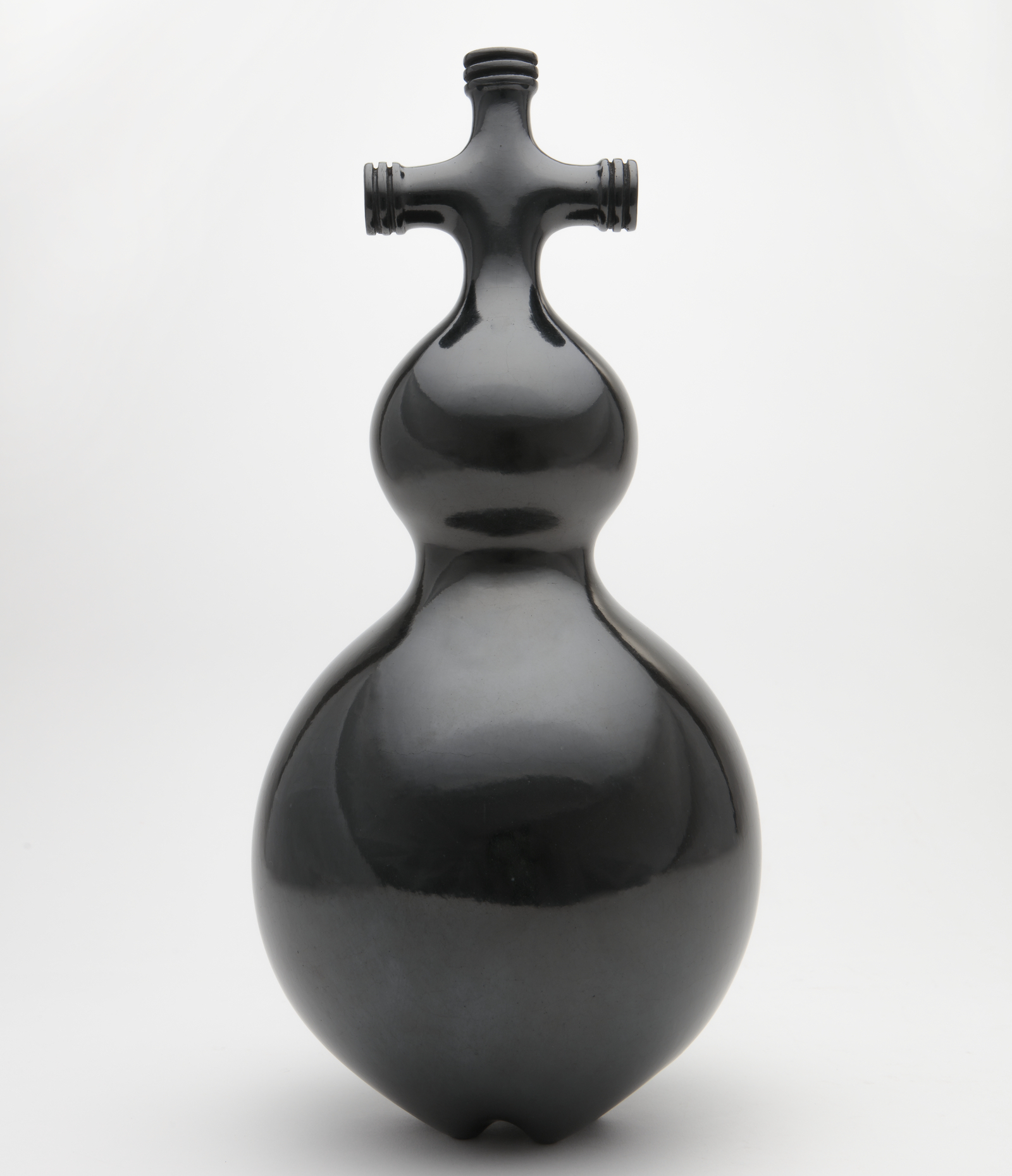
Her work exists within the gap between creative intention and public interpretation. We saw an extreme example of this during the Super Bowl, when Budweiser aired an ad about the American immigration story of the company’s German founder. Despite the fact that the ad was created well before Trump’s immigration ban, and therefore not intended as overtly political, it was widely seen as a pro-immigrant, anti-Trump statement. The hashtag #BoycottBudweiser quickly spread among conservatives.
In Porter Lara’s case, while she didn’t think she’d be fielding questions about Trump and his immigration policies in relation to her artwork, she actually welcomes the conversation. “I feel like it’s an opportunity to talk about an issue that concerns me,” she says. “I don’t feel the impulse to try to depoliticize the work or to say that, “You may think that Border Crossing refers to the current politics around immigration, and it doesn’t.’ I’m not trying to walk back from that.”
Despite Porter Lara’s welcoming of political interpretations of the exhibit, she still stresses the original motivation behind it. Along with elevating the image of plastic bottles as a contemporary artifact of human migration, Porter Lara’s work also challenges the idea that humans and technology are separate from nature. She talks about the plastic bottle being made from natural substances, and the ubiquity of plastics in nature. “So I’m interested in that permeability: the borderlessness.”
“Border Crossing” will be on view from February 17 to May 14 at the National Museum of Women in the Arts.
